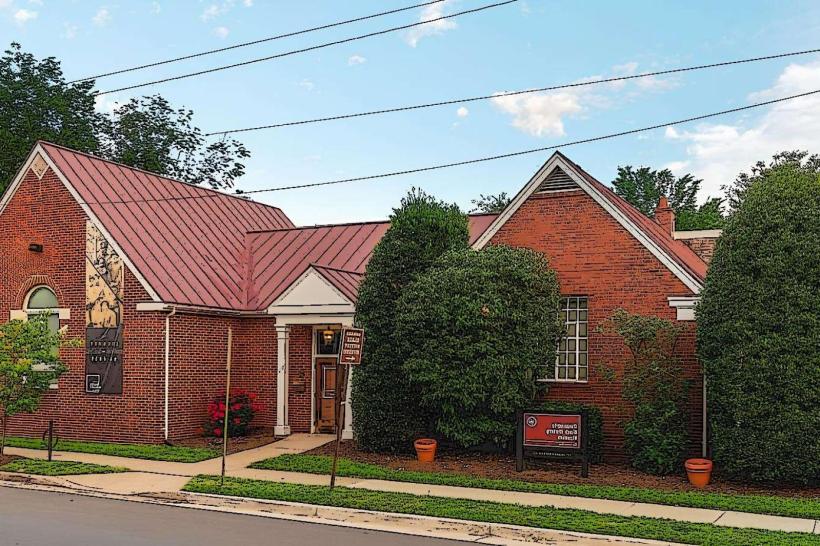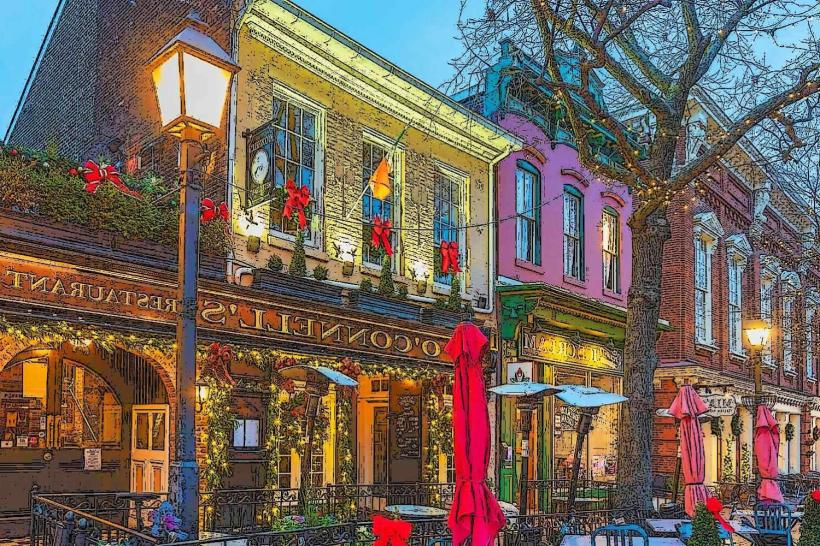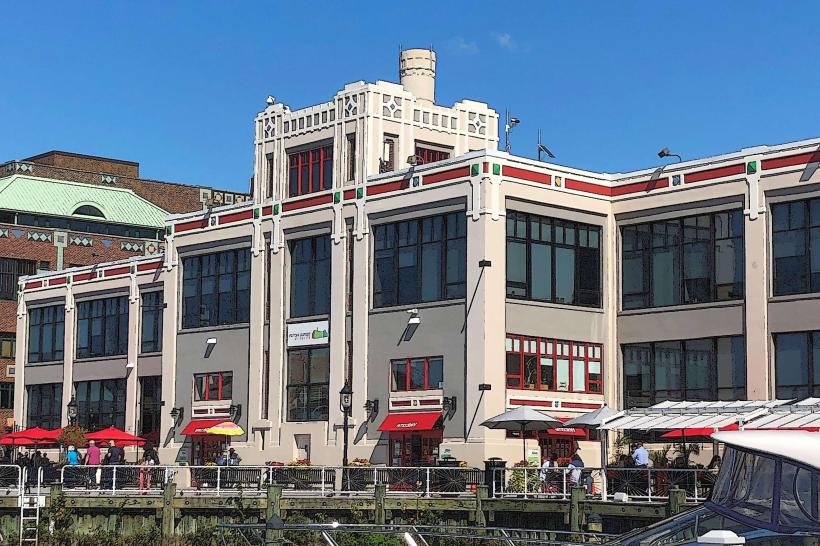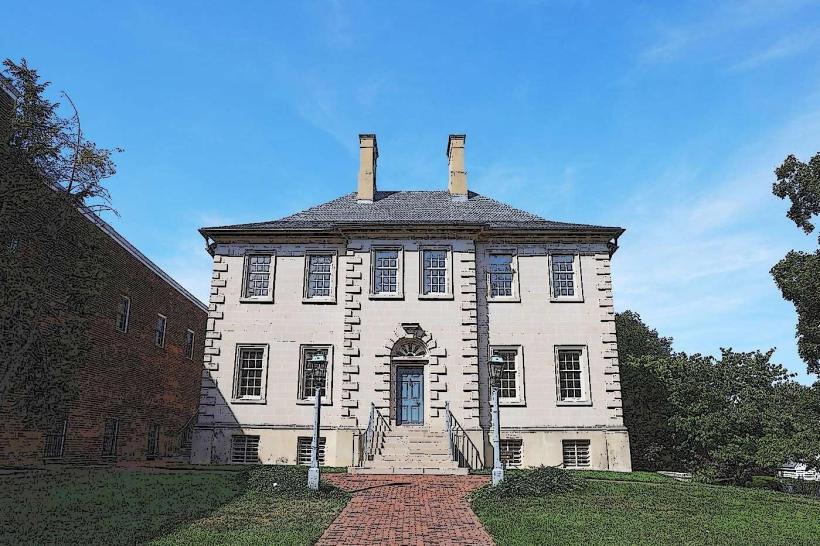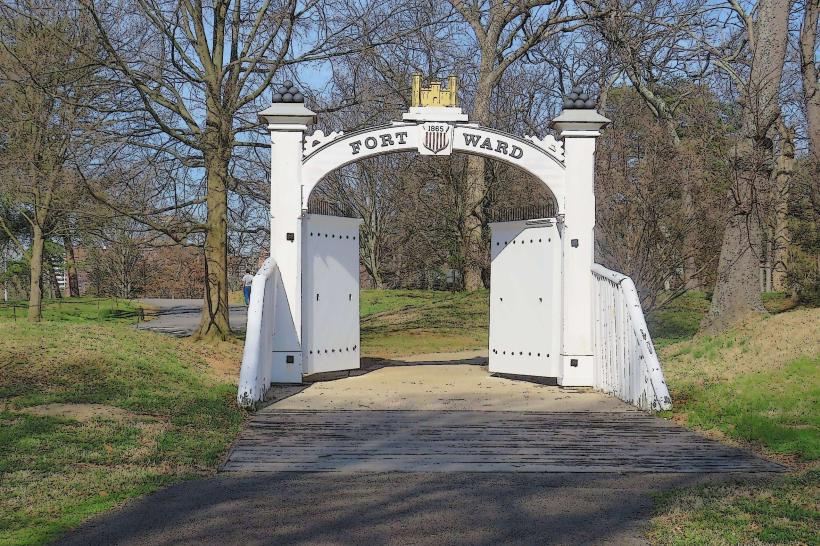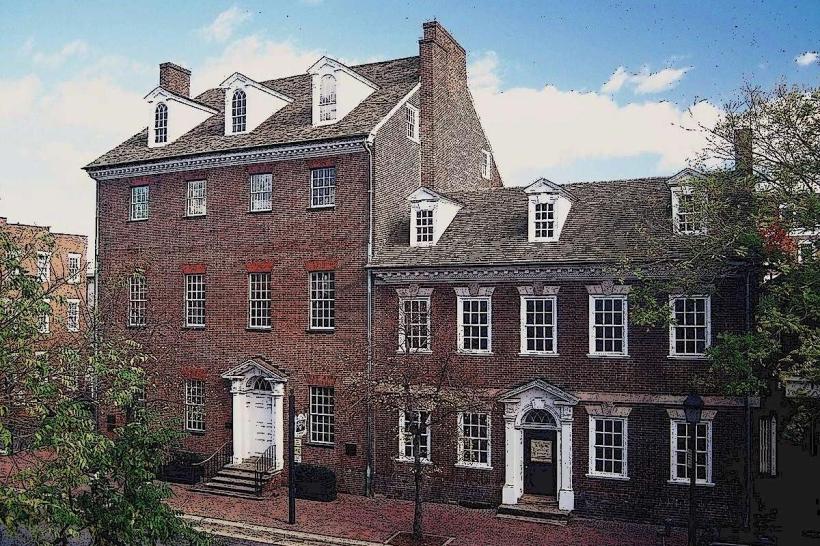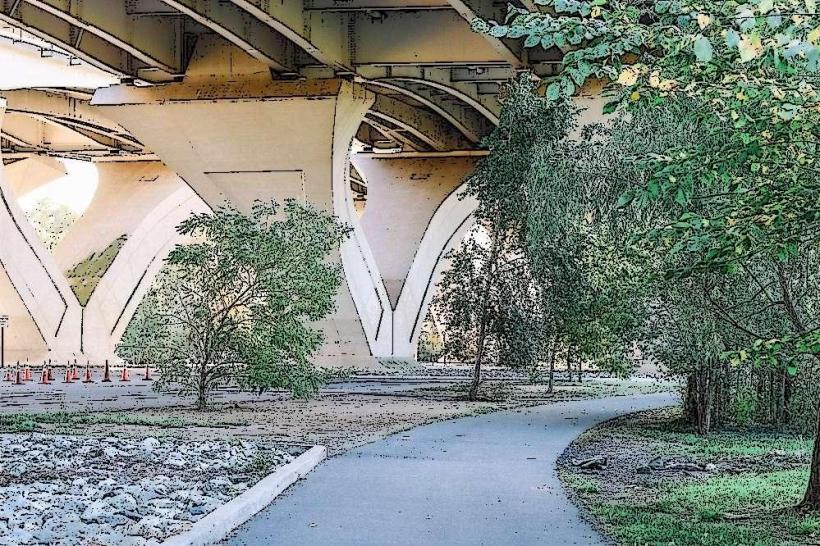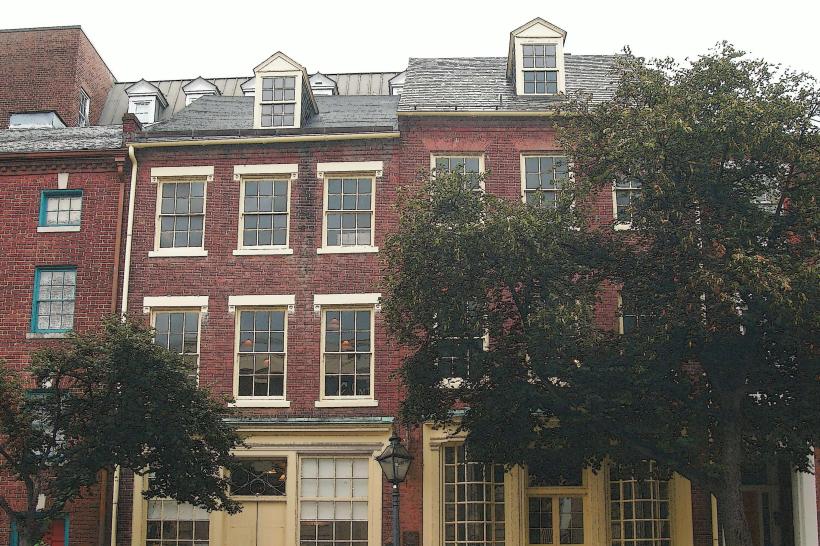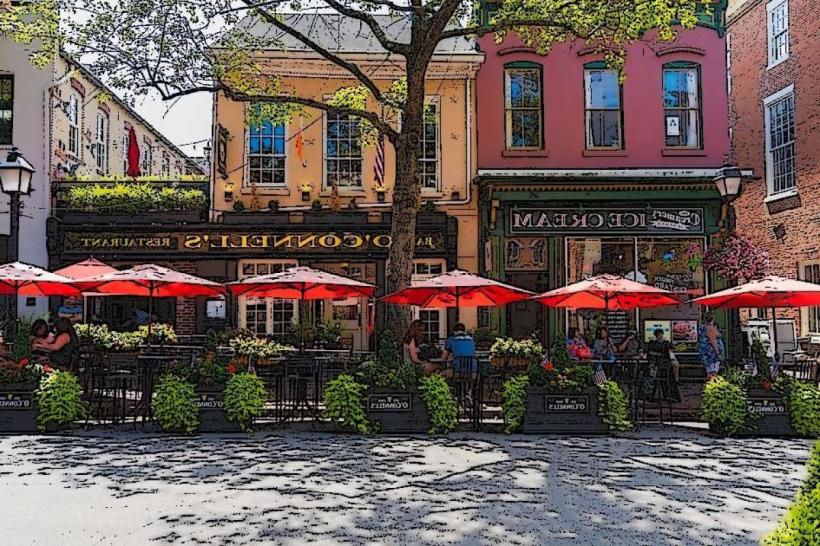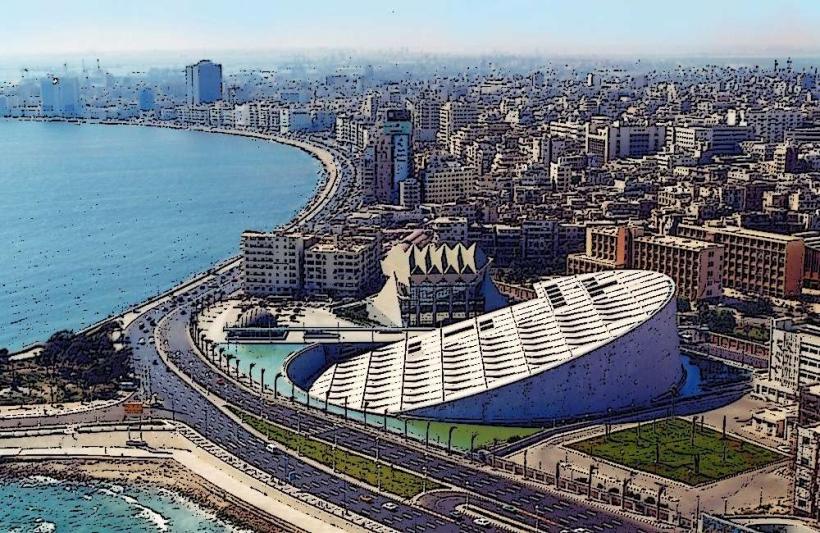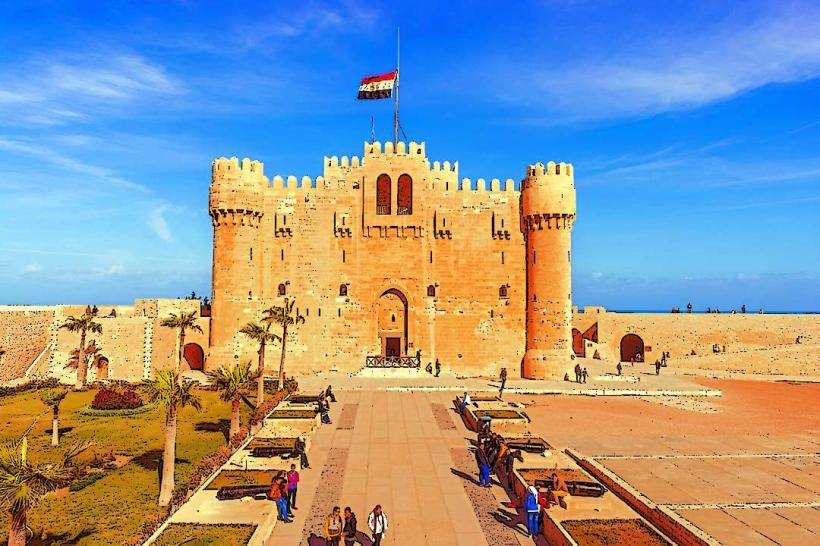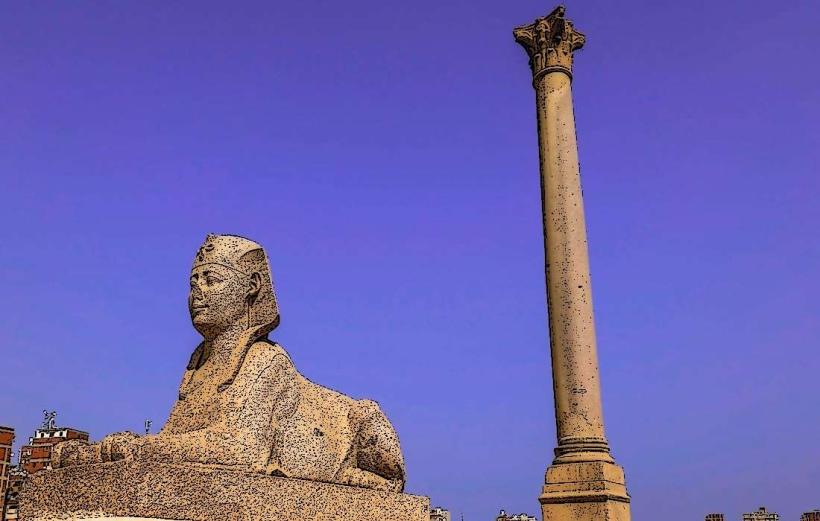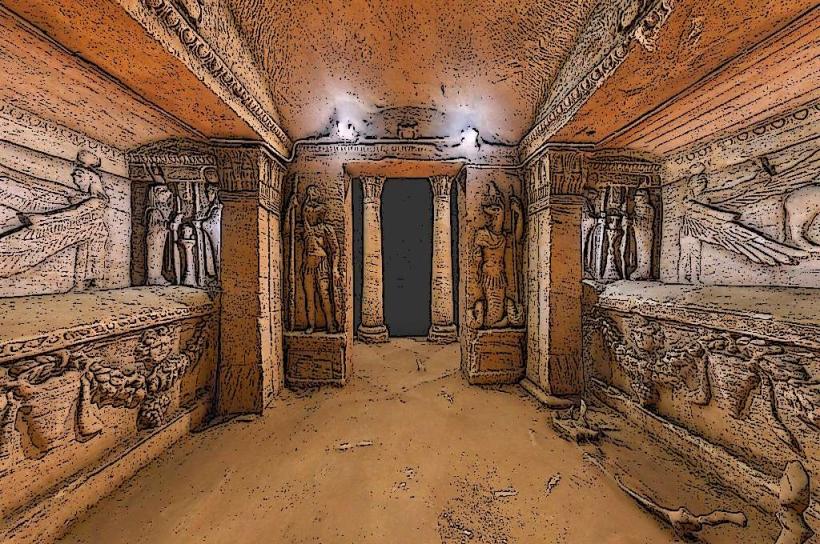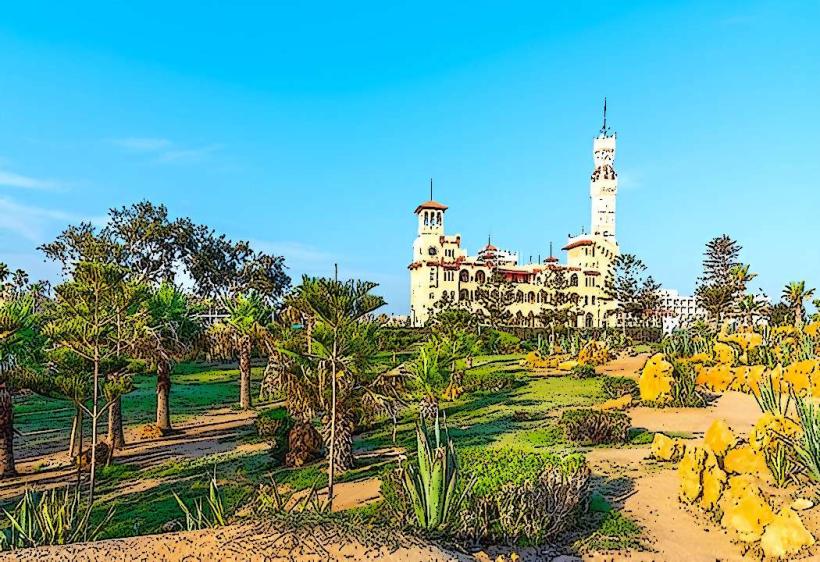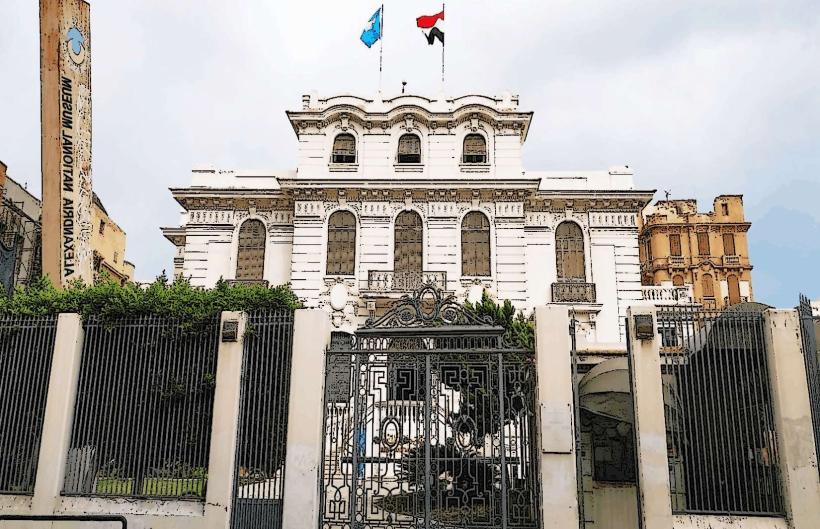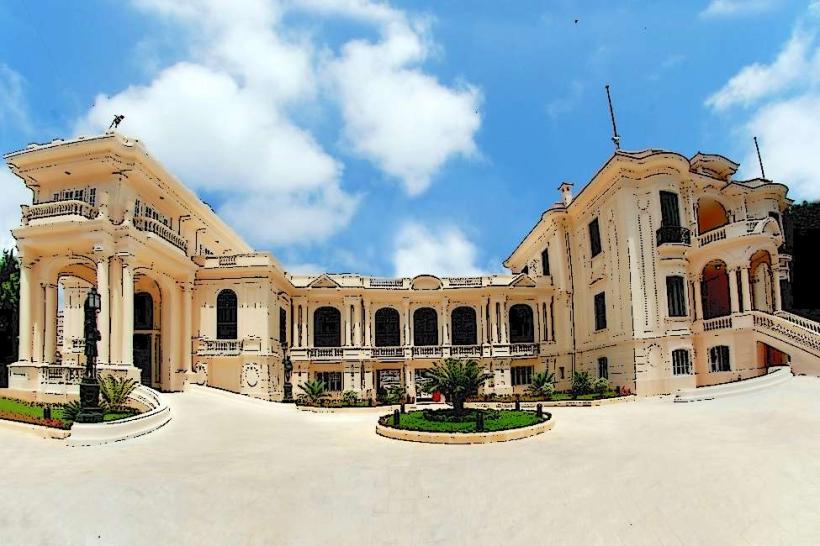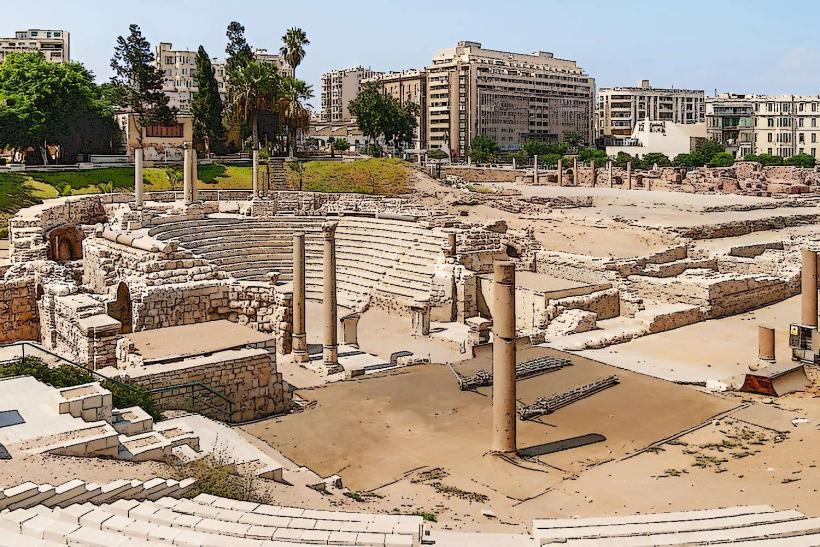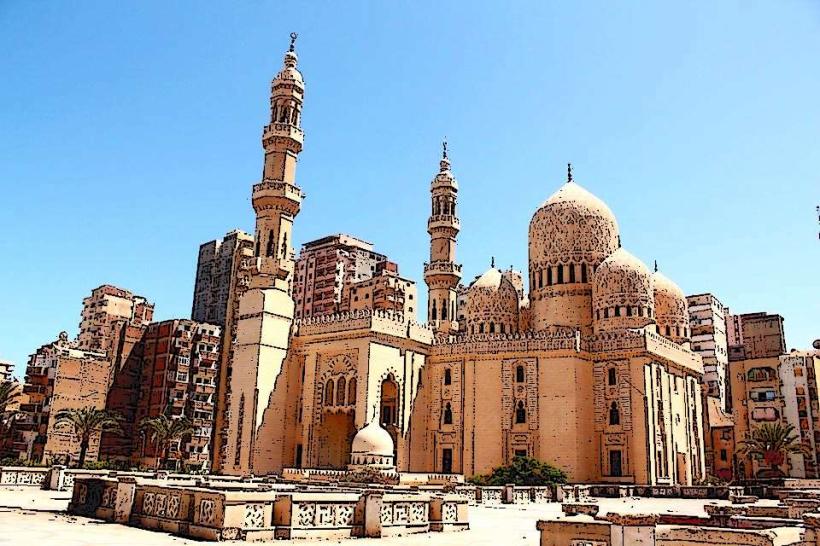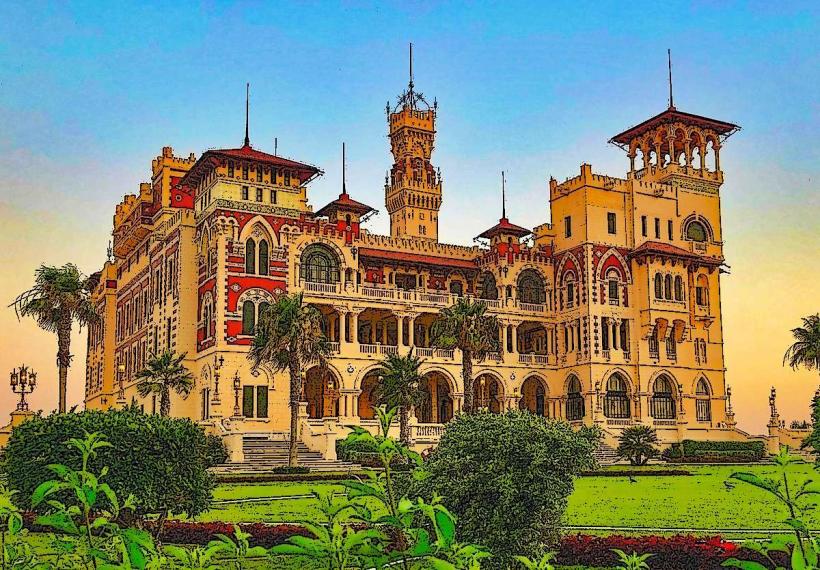Information
Landmark: George Washington Masonic National MemorialCity: Alexandria
Country: USA Virginia
Continent: North America
George Washington Masonic National Memorial, Alexandria, USA Virginia, North America
Overview and Significance
The George Washington Masonic National Memorial is a grand and symbolic monument dedicated to George Washington, the first President of the United States and a distinguished Freemason. Located in Alexandria, Virginia, this memorial honors Washington’s legacy both as a founding father and as an influential figure within Freemasonry.
Perched prominently on Shooter’s Hill, the memorial’s towering neoclassical structure rises to 333 feet, intentionally designed to closely mirror the height of the Washington Monument in the nation’s capital. This architectural choice highlights the connection between Washington’s public leadership and his private commitment to Masonic ideals.
Historical Background
The idea for the memorial originated in the early 20th century, motivated by members of Alexandria’s Masonic community who wished to create a lasting tribute to Washington’s Masonic heritage. In 1909, Charles H. Callahan, Senior Warden of Alexandria-Washington Lodge No. 22, purchased land on Shooter’s Hill and donated it specifically for this purpose.
The formal organization to oversee the project, the George Washington Masonic National Memorial Association, was established in 1910. The Association’s mission was to design and build a memorial worthy of Washington’s stature.
Construction officially began in 1922, marked by a Masonic cornerstone ceremony in 1923 that included notable attendees such as President Calvin Coolidge and former President William Taft, underscoring the national significance of the project. Despite economic challenges during the Great Depression, construction was completed by 1932, coinciding with the bicentennial of Washington’s birth, which lent further historical symbolism to the dedication.
Architectural Design and Features
The memorial’s architect, Harvey Wiley Corbett, designed the building with clear inspiration from the ancient Lighthouse of Ostia in Rome, resulting in a commanding classical structure with modern engineering.
Key architectural elements include:
The Portico: A massive front entrance featuring eight green granite columns, each approximately 40 feet tall and over four feet in diameter. These columns form a grand gateway that evokes strength and permanence.
Height and Structure: The memorial’s height of 333 feet is a deliberate echo of the Washington Monument’s dimensions, symbolizing Washington’s enduring influence.
Memorial Hall: The centerpiece of the interior, this large ceremonial hall contains murals painted by Allyn Cox. These murals artistically depict pivotal moments in Washington’s Masonic life, including his participation in St. John’s Day celebrations and his role in laying the cornerstone of the United States Capitol.
Interior Exhibits and Symbolism
Inside the memorial, visitors can explore various exhibits that shed light on Washington’s life, Masonic traditions, and the broader influence of Freemasonry in American history.
Replica Lodge Room: This space recreates the original meeting room of the Alexandria-Washington Lodge No. 22, where Washington was a member. It displays authentic Masonic artifacts, such as Washington’s Capitol Cornerstone Trowel, portraits, and historical furniture, creating a tangible connection to his personal Masonic experience.
Founders Hall Exhibit: Located in the Northwest Hallway, this exhibit includes a bronze bust of George Washington and murals depicting his beloved Mount Vernon estate, emphasizing the human side of the founding father beyond his political and Masonic achievements.
The Family of Freemasonry Exhibit: Found on the third level, this display educates visitors about the variety of Masonic organizations and their histories, including bodies like the Scottish Rite and the Order of the Eastern Star. It demonstrates the diversity and reach of Freemasonry.
Observation Deck and Visitor Experience
One of the unique features of the memorial is its observation deck, accessible near the top of the building. Visitors can take a specially designed elevator that travels both vertically and horizontally to reach the deck. From this vantage point, sweeping panoramic views of Alexandria, the Potomac River, and the Washington, D.C. skyline are visible, making it a popular highlight for visitors.
The memorial is open to the public from Thursday through Monday, typically from 9 a.m. to 5 p.m. Admission fees support ongoing maintenance and educational programs. Guided tours, lasting about an hour, are offered several times daily to provide visitors with detailed insights into the memorial’s history, architecture, and exhibits.
Symbolism and Legacy
The George Washington Masonic National Memorial is much more than a historical monument; it is a symbolic structure that represents the ideals of leadership, integrity, and fraternity. By commemorating Washington’s Masonic affiliation, the memorial also pays tribute to the role Freemasonry played in shaping the early United States.
Designated a National Historic Landmark in 2015, the memorial stands as a testament to the dedication of countless Freemasons who sought to honor one of America’s most revered figures through architecture, art, and education.
The memorial continues to serve as a gathering place for Masonic lodges and special events, maintaining its role as a living part of the Masonic tradition, while welcoming visitors interested in American history, architecture, and Freemasonry.
This detailed profile outlines the George Washington Masonic National Memorial’s historical importance, architectural grandeur, cultural symbolism, and visitor appeal.

